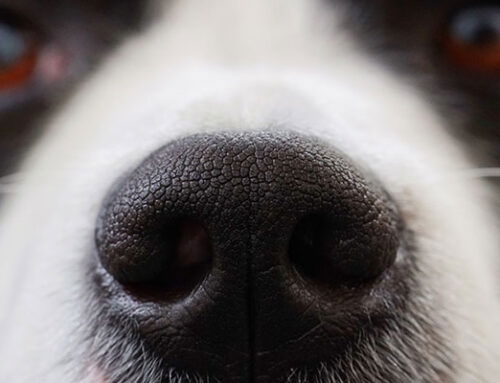
Halloween is about ghosts and goblins and scary sounds of spooky beings in dim corners. There’s a movement to Halloween: skeletons are alive and goblins pop up in the shadows, as the kids hop around their neighborhoods in funny costumes collecting candy.
Some older teenagers get in on the action too. “Trick or treat,” they say as the goodies are distributed into their open bag of sweets. The kids are not scared, of course, because it’s all make-believe, and they know it.
Halloween is having fun with superstitions and fantasy that no one takes seriously. Black cats – the bearer of misfortunes to come in the land of make-believe – cross our paths, but so what? Cracked mirrors hang on the wall, but we smile at the imaginary damage we see on our reflected face, knowing this will not bring us bad luck, because it won’t. Halloween mocks fear, an anti-fear occasion; enjoy the day, folks.
Horror movies are scarier than Halloween, although they too are make believe, not happening in real life. Yet, we are terror-stricken as we watch. The Halloween movie John Carpenter made famous in 1978 was the first in that classic series of scary movies and remains with us today. Will the young girl escape the monster holding up a sharp knife ready for the kill? Will the innocent kid elude the deformed savage on the prowl? This genuine fear, harmless as the fiction is on the screen, often outlasts the movie, especially for children, and can lead to nightmares and unfounded suspicions of the unknown.
And then there are fears based on reality. Threatening phone calls is one of the fears. Being stalked is another. A near-by serial killer is a third, real fear. The list is extensive. One way we deal with these threats is by taking some action to protect ourselves.
All these fears – make-believe from Halloween, imaginary from a movie, or true-life from an existing threat – involve movement, some potentially destructive force threatening you, closing in, creating a need to run away.
Then there’s the fear of inactivity, inability to move or run away: paralysis. That’s the topic of Immobilon, a short story I wrote some time ago that’s looking for a publisher. I was exploring in story-form the world of immobility. The mysterious Immobilon, possibly a virus, possibly something else, leaves its victim completely paralyzed – immobile – in the position that he or she is stricken by the disease, whether in bed, eating breakfast, or standing in a hallway. It’s a perverted form of claustrophobia: can’t get out, even in open space. The question that I find interesting is what happens to our imagination, our fears and desires, when movement stops? My story is an attempt to explore the mind without the interference of movement. Would the anti-fear of Halloween morph into the imaginary, more powerful fear of a horror movie if it existed only in the child’s mind? Would the fear of a real threat become unbearable if one couldn’t move away from it or take action of some kind? Or, more positive, what would we see and hear and think about if all we were left with was our minds in an unchanging environment? What have we missed by running around, moving here and there, day-in and day-out? Would immobility allow us to see, for the first time, what’s under our nose?
Immobilon starts as follows:
The sun breaks through the window awakening me. I am paralyzed in the exact position of my dream, just like yesterday, when Immobilon confined me to my study. I am wearing a long sleeve shirt with an open collar, torn jeans and bedroom slippers, without socks. My fingers can’t grasp, my legs are like stone pillars. I can’t move my head. But I can swivel my eyes. I can still breathe, at least right now. My senses are unaffected. I could feel a mosquito’s sting but couldn’t brush away the insect. I can think, but I’m not sure whether that’s a blessing.
Later, Syd, the paralyzed protagonist hears voices:
What are those voices? Ghosts? Is Immobilon playing havoc with my mind? How awful! Am I to have no peace at all? Has this disease advanced so far that I’m confusing illusion with cruel reality?
Spoiler alert: Syd is hearing the art in his study for the first time. The art is finally speaking to him, as good art should, if only we listened.
And then Syd asks later:
I wonder how much I’ve mistaken as coming from without that came strictly from within myself. All those demands at work and pressures to advance? All self-induced? For what? For whom?
Some things to think about as the ghosts and goblins surround you on Halloween.
Happy Halloween!






Leave A Comment